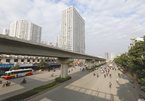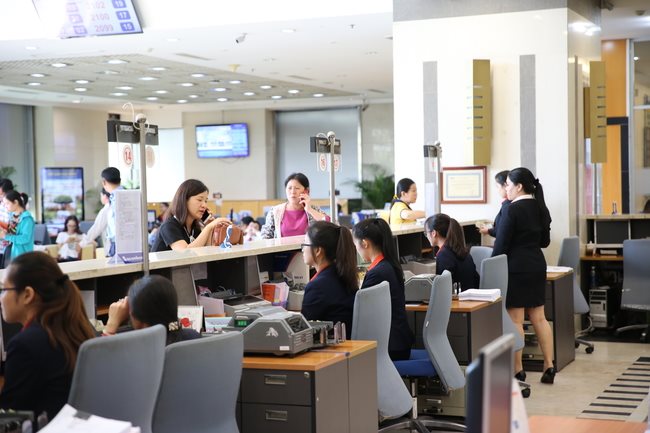|
Ho Duc Phoc, auditor general of the SAV, said in a report sent to the legislative body that the SAV plans to audit a total of 146 agencies and organizations. In the corporate, financial and banking sectors, the SAV will inspect the State Bank of Vietnam, three commercial banks and 12 State-owned corporations. All of them were involved in the management and use of public capital and assets in 2019. General Secretary Phuc said that the majority of surveyed NA deputies had thrown their weight behind the SAV’s proposal. Lawmakers proposed the SAV inspect three debt-laden banks taken over by the central bank at zero Vietnamese dong in 2015 to determine their current financial conditions. These banks include Construction Bank (CBBank), Ocean Commercial Bank (OceanBank), and Global Petroleum Bank (GPBank). Some deputies urged the country’s top audit regulator to look into a number of the loss-making firms which were previously at the helm of the Ministry of Industry and Trade. In July this year, the ministry transferred the jurisdiction over State capital at 11 out of 12 loss-making megaprojects to the Commission for the Management of State Capital at Enterprises. These projects comprise four fertilizer plants, three bio-fuel production projects, two steel production projects, the Dinh Vu polyester fiber plant and Dung Quat Shipbuilding Industry Co., Ltd. In terms of auditing the State budget, legislators proposed the SAV inspect the collection and spending of 2% of firms’ total salaries, allocated to the funding of the Vietnam General Confederation of Labor, the sole national trade union center in the country. Legislators urged the SAV to check whether the General Department of Vietnam Customs and the General Department of Taxation have fulfilled their State budget collection duties. A deputy called on the SAV to scrutinize the management and use of the State budget for overseas trips by some ministries, agencies and local governments that received extra allowances between 2016 and 2019. Deputies also suggested checking the equitization and divestment process at a number of State-owned corporations, which were restructured in 1990 and 1991. Regarding the construction, management and use of investment capital, they proposed reviewing a technical infrastructure project at Tam Chuc Tourist Area in the northern province of Ha Nam and expanding the scope of auditing build-operate-transfer traffic infrastructure projects. Some projects that may be on the radar include the Trung Luong-Can Tho expressway, the Hanoi metro rail system and the Mai Dich-Thang Long bridge section of Ring Road No.3 in Hanoi. SGT |
||

Vietnam succeeds in controlling public debt
A tightened fiscal policy and an effective control of state budget ultilisation have facilitated Vietnam in managing its public debt.

Vietnam’s debt-to-GDP ratio forecast to fall to 52.7% by 2022
Vietnam’s public debt is projected to reach 54.3% of the country’s gross domestic product (GDP) by the end of 2020, before easing further to 53.3% in 2021 and 52.7% in 2022, according to the Ministry of Finance.
 National Assembly deputies have called on the State Audit of Vietnam (SAV) to inspect three debt-laden banks that were earlier taken over by the State Bank of Vietnam, according to NA Secretary Nguyen Hanh Phuc.
National Assembly deputies have called on the State Audit of Vietnam (SAV) to inspect three debt-laden banks that were earlier taken over by the State Bank of Vietnam, according to NA Secretary Nguyen Hanh Phuc.